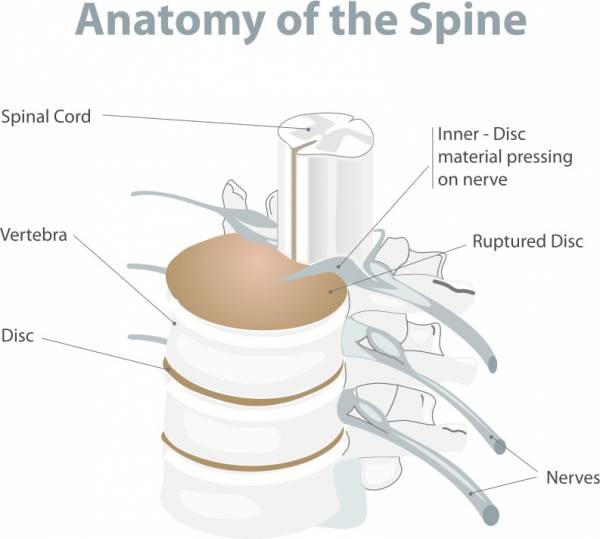So, you’ve had a back injury, and now you’re itching to get back in the gym to squat and get a solid workout. Pump the breaks. Injuries are no joke. They are your body’s way of sounding an alarm, telling you that something is not right. That something could be your biomechanics, could be stress at work, could be related to emotions, or could be anything. So take a look at your life and be patient.
Once you’ve done that, then let’s get into returning to the gym after a low back (aka lumbar spine) injury. Before you go any further, read the article I wrote a while back in regards to the most common injuries I see in my practice – shoulder and lumbar spine injuries – that may be of some help to you especially if the problem is still present.
When I give my patients the green light to resume their regular exercise routine, we proceed with caution. Before any running, jumping, or lifting, the person must have a perfect air squat. Their pelvis must not shift to one side. Their knees must track out while feet stay firmly on the ground about hip-width apart. The axial skeleton must stay upright, active, and with no collapse of the lumbar spine (“butt-winking”). Ten perfect squats a day along with core activations and individual specific mobility are the only things I allow during the first week of recovery from a low back injury.
When the first week of activity has been completed and there is no discomfort, then we move on. During the second phase, I allow running, rowing, swimming, air squats, strict pullups, hollow holds, and perfect pushups. Yes, there will be muscle soreness from the de-conditioning that has occurred due to the injury, but if any of those things, aggravate the low back, then I encourage my patients to seek coaching for specialties such as running or gymnastics to learn the correct biomechanics.

Once the patient has mastered the second phase of bodyweight movement and metabolic conditioning with no pain, then we start to add a little weight in the squat. This means only the bar and only a front squat. Front squats have numerous benefits, but the greatest of all is that this particular squat creates a super strong core. A strong core is a solid foundation to any movement.
As you can see, there are a number of movements the athlete (you) can now do: running, rowing, front squats, hollow holds, pushups, and pull-ups. This is a great foundation to get back into your regular exercise program. If all is progressing nicely, start to add things back in. Do one thing a day and wait to see how your body responds the next day. Only introduce one new movement at a time.
There are a few movements that you need to approach with extreme caution when recovering from a back injury:
- Putting any weight overhead requires an extremely stable and active midline. This means having a solid hollow position. Dusty Hyland teaches this position very well. Do not take this movement too lightly.
- Deadlifts are great for strengthening your posterior chain, but these have to be done correctly. Use light weights and focus on the biomechanics of the movement.
- Back squats put a lot of stress on the posterior chain. For people who have had a disc issue, I advise waiting nine to twelve months of pain free exercise before going heavy on back squats.
Injuries can be a blessing in disguise. Continue to work with your chiropractor or physical therapist as your progress. Set the intention for correct biomechanics and you will be a stronger, more efficient athlete in the long run.
Photos courtesy of Shutterstock.






